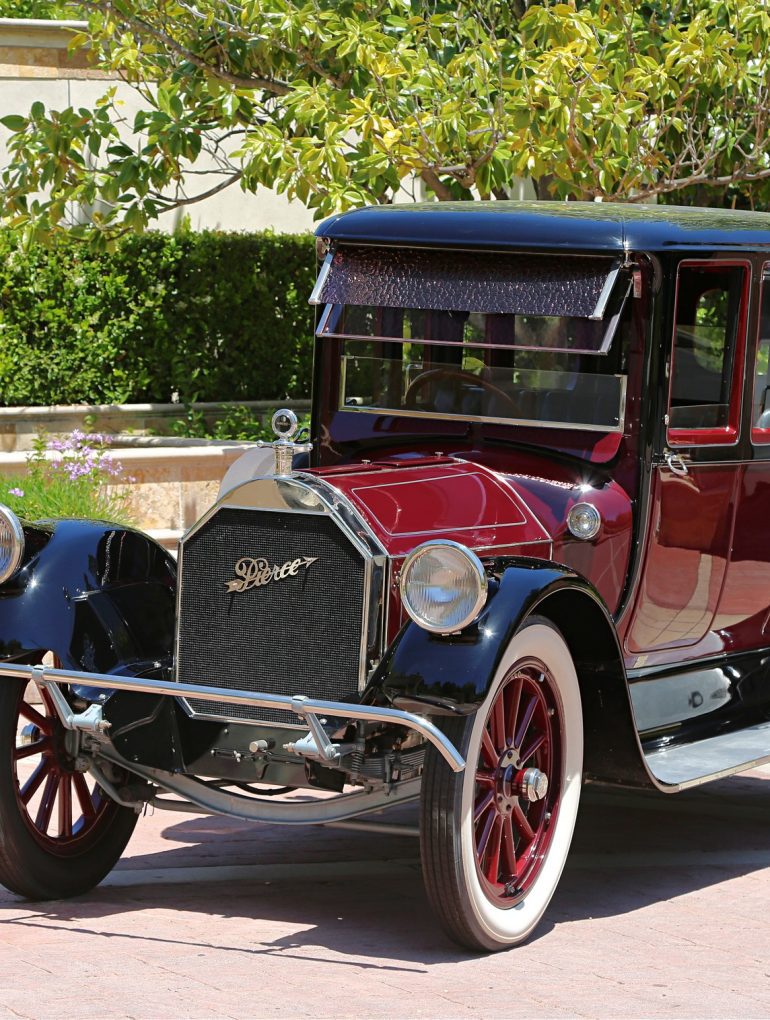Large and imposing, this Pierce-Arrow Model 48 commanded attention when it arrived back in 1916, and still does today over a century later. A chance to see one of these magnificent machines does not come along often. The chance to ride in one is even rarer.




